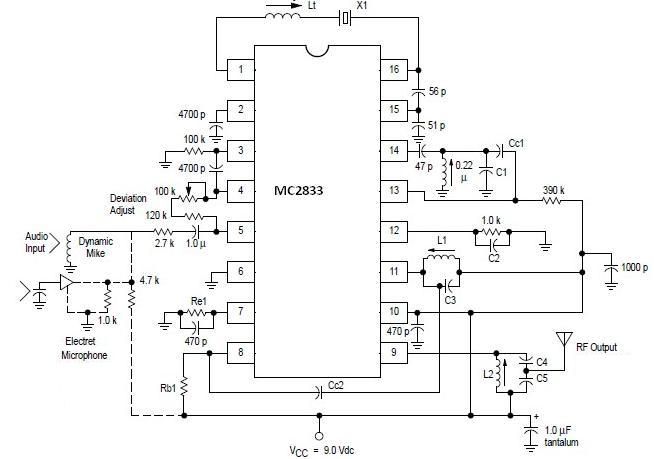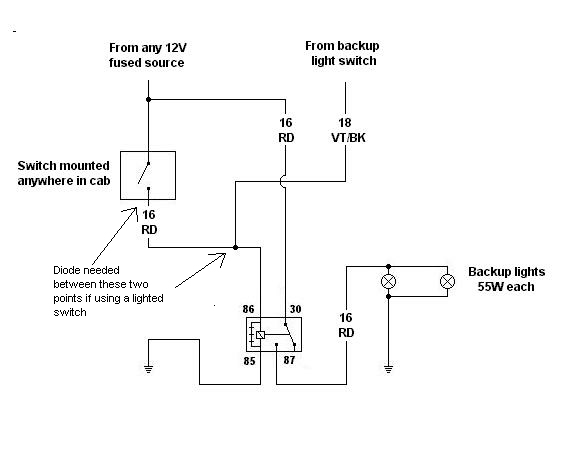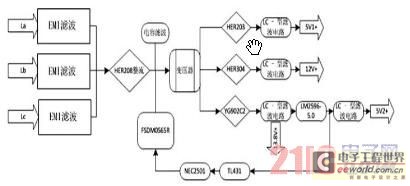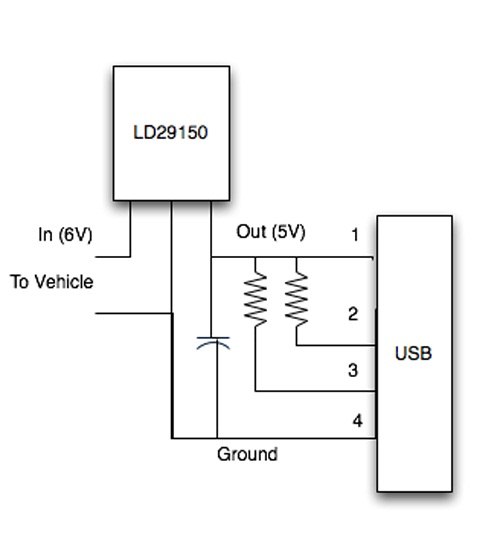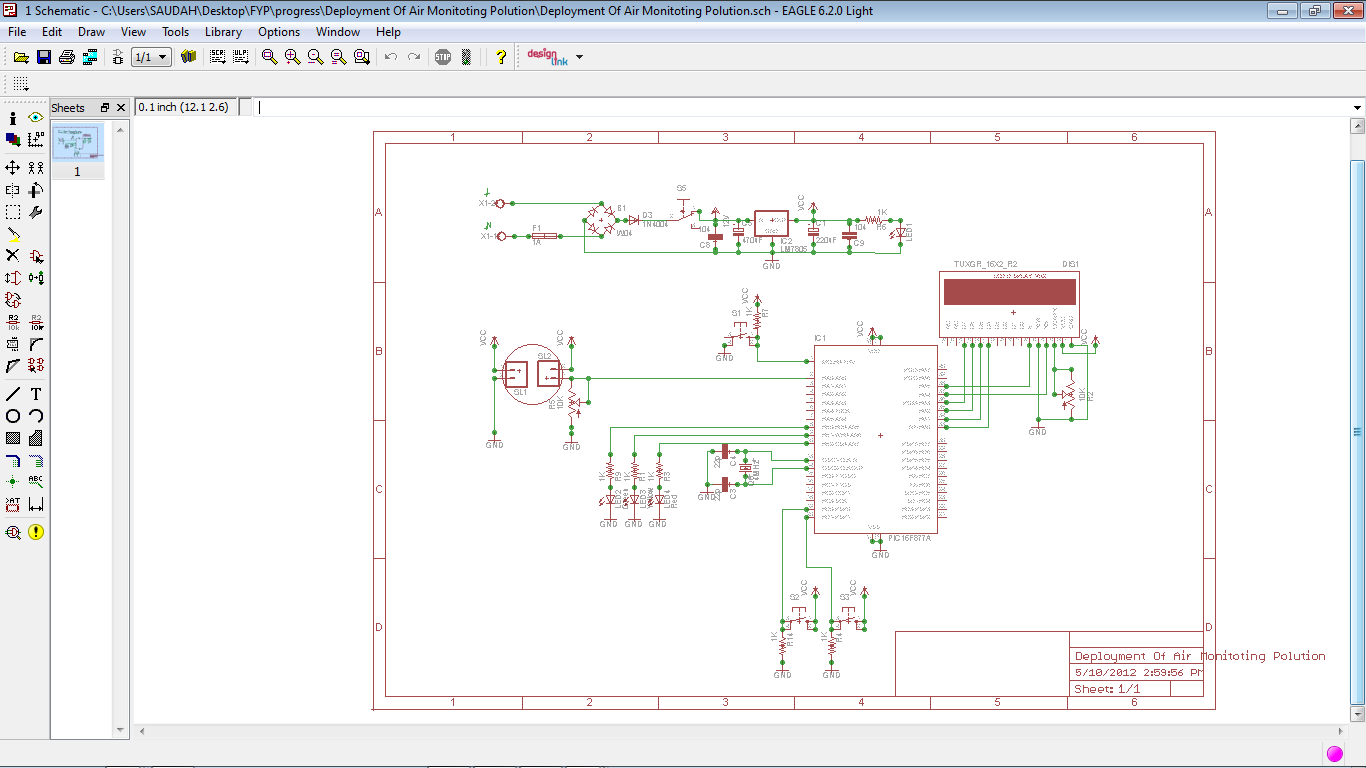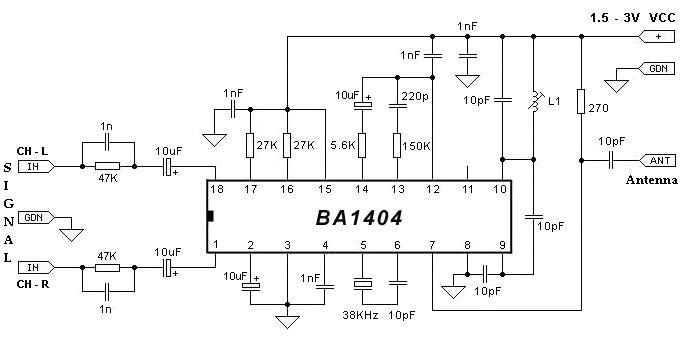
the water-saving irrigation system design of ZigBee wireless sensory network
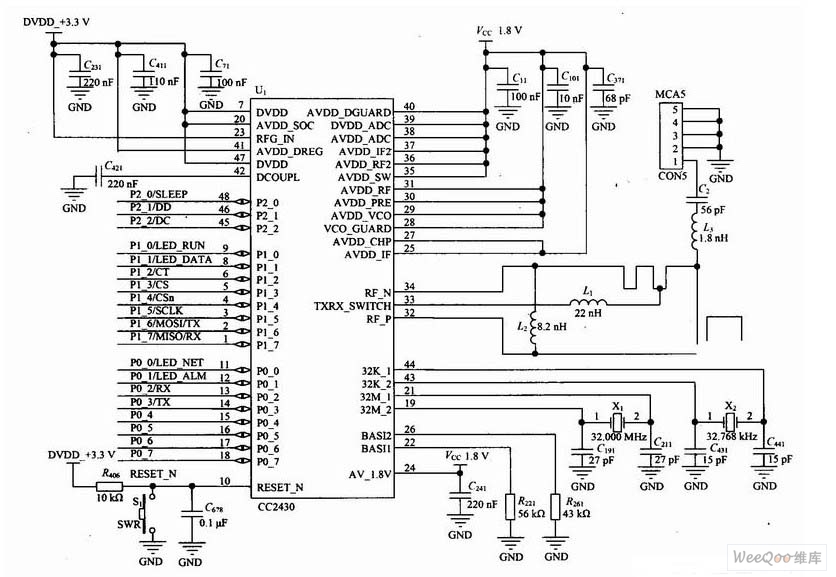
The water resource is being transformed into a valuable and rare commodity. Consequently, promoting water-saving irrigation has become a priority for countries worldwide to address the water resource crisis and achieve agricultural modernization. This text proposes a cipher scheme based on a ZigBee wireless sensor network. It is designed specifically for farmland conditions, creating a water-saving irrigation system that eliminates reliance on the additional costs associated with other communication networks. The hardware platform consists of five main components: the data acquisition station, transmit base station, data-handling center, long-range monitoring station, and electromagnetic valve control station. The systematic hardware platform structure is illustrated in a referenced figure. Each component functions as follows: First, based on the pipeline distribution of the farmland and the effective communication range of ZigBee radio nodes, independent irrigation control units are established. Each unit contains one or more transmit base stations and several data acquisition stations located at various positions within the farmland. The data acquisition station collects soil moisture parameters through connected sensors and transmits this data to the transmit base station at regular intervals. The transmit base station manages the data acquisition stations within its range and uploads data to the data-handling center using an Ad hoc merge when requested. The data-handling center processes the received data, storing it and merging it based on specific algorithms to make preliminary judgments. Key data and results are then sent to the long-range monitoring station via Fibernet or GPRS for final evaluation by experienced staff. The adjudicated information is then sent back to the data-handling center, which issues control commands to the electromagnetic valve control station based on the judgments made. This station executes irrigation control according to the received commands, completing the system's operational workflow. The critical component of this hardware platform is the data-handling center, responsible for managing the entire ZigBee wireless network, including data binding, storage, merging, and transmission. The ZigBee wireless communication chip selected for this system is the CC2430F128 from Texas Instruments, a leading ZigBee chip that operates in the 2.4 GHz ISM frequency band, with a low-voltage supply of 2.0-3.6 V. It has a receiving current of 27 mA, a receiving sensitivity of -92 dBm, a maximum transmission power of 0.6 dBm, and a maximum data transfer rate of 250 Kb/s. The hardware supports CSMA/CA (Carrier Sense Multiple Access with Collision Avoidance) and RSSI (Received Signal Strength Indicator) functions. Due to its high-frequency operation, the system employs a modular design, as illustrated in a referenced schematic. A non-balancing antenna is used in the radio-frequency circuit to enhance the performance of the non-equilibrium voltage transformer. This transformer consists of a capacitor and inductors, along with a microwave transmission line.
The irrigation system described utilizes a robust architecture that leverages ZigBee technology for efficient communication and control. The integration of various components allows for real-time monitoring and management of soil moisture levels, which is critical for optimizing water usage in agricultural practices. The data acquisition stations are strategically placed across the farmland to ensure comprehensive coverage and accurate data collection. By employing the ZigBee protocol, the system minimizes energy consumption while maintaining reliable communication between nodes.
The data-handling center serves as the core processing unit, where data from multiple acquisition stations is aggregated. Advanced algorithms are implemented to analyze the data, allowing for intelligent decision-making regarding irrigation needs. The use of GPRS or Fibernet for data transmission to the long-range monitoring station ensures that information is accessible for further analysis and decision-making by agricultural experts.
The electromagnetic valve control station plays a pivotal role in executing irrigation commands, ensuring that water is delivered precisely where needed based on the system's assessments. This automation not only conserves water but also enhances crop yields by providing optimal irrigation conditions.
Overall, the proposed water-saving irrigation system exemplifies a modern approach to agricultural resource management, utilizing cutting-edge technology to address pressing environmental challenges. The modular design and the choice of high-performance components contribute to the system's reliability and efficiency, making it a valuable solution for contemporary agricultural practices.The water resource is being turned into a valuable rare resource. So, popularizing the water-saving irrigation has already become countries all over the world in order to relieve the water resource crisis and realize the inevitable choice of agricultural modernization. This text proposes a kind ofcipher scheme based on ZigBee wireless sensor network, and according to the special condition of the farmland, design a set of water-saving irrigation system, has avoided depending on the accessory charges that other communication networks produced. According to the functional requirement, the hardware platform can be divided into five following parts altogether: The data acquisition station, transmit base station, the data-handling center, long-range monitoring station and electromagnetic valve key station.
Fig. 1 is a systematic hardware platform structure chart. Every partial function and workflow are as follows in the system: According to the pipeline distribution situation of the farmland at first, and the effective communication distance of ZigBee Radio Nodes, will irrigate and distinguish and cut an independent irrigation control unit, there is one or several that transmits base station and several data acquisition stations distributed in different position of farmland in each unit, the data acquisition station sensor through connecting with it gathers the soil moisture parameter, and convey the data to transmitting the base station regularly; It is responsible for managing each inner data acquisition station of compass of competency of it transmitting the base station, when the data-handling center inquires the data, transmit base station, carry on first step upload data to the data-handling center by way of Ad hoc merge; The data-handling center carries on the cluster to the data received at first, store and with miscellaneous parameter Realize that the second highest in rank that merges according to certain algorithm, make the preliminary judgement, and will adjudicate the result will be conveyed together with some key data to the long-range monitoring station through Fibernet or GPRS module, ask experienced staff members to do the final judgement, and will adjudicate information is recycled back to to the data-handling center, the data-handling center sends the control command to the control end of the electromagnetic valve according to the judgement result; The control end of the electromagnetic valve is irrigated and controlled according to the control instruction execute that is received, , an intact end of procedure of system work. The key part of platform of this system hardware is a data-handling center, it is responsible for managing the whole ZigBee wireless network, realize the data binding, memory, merging and machine format of the whole network are transmitted etc.
distally. What ZigBee wireless communication chip is chosen is CC2430F128 of TI Company, it is a global first real system level ZigBee chip, its transceiver of radio frequency works in 2. 4 GHz ISMIndustryScience Medical Frequency band, adopt the low-voltage 2. 0- 3. 6 V Supply power, receive emission current as 27 mA, receive signal sensibility up to and 92 dBm, maximum transmitted power O.
6 dBm, maximum transfer rate are 250 Kb/ s, hardware support CSMA/ CA Carrier Sense Multiple Access with Collision Avoidance And RSSI Received Signal Strength Indicator Function. Because it is a high-frequency device, this system has carried on the modular design of it, their schematic diagrams are shown as in Fig.
2. It is not a balancing antenna to use one in the part of the radio-frequency circuit, can make to connect the non-equilibrium voltage transformer performance of antenna is better. The non-equilibrium voltage transformer in the circuit is made up of electric capacity C2 and inductance L1, L2, L3 and microwave transmission line, the whole struc
🔗 External reference
The irrigation system described utilizes a robust architecture that leverages ZigBee technology for efficient communication and control. The integration of various components allows for real-time monitoring and management of soil moisture levels, which is critical for optimizing water usage in agricultural practices. The data acquisition stations are strategically placed across the farmland to ensure comprehensive coverage and accurate data collection. By employing the ZigBee protocol, the system minimizes energy consumption while maintaining reliable communication between nodes.
The data-handling center serves as the core processing unit, where data from multiple acquisition stations is aggregated. Advanced algorithms are implemented to analyze the data, allowing for intelligent decision-making regarding irrigation needs. The use of GPRS or Fibernet for data transmission to the long-range monitoring station ensures that information is accessible for further analysis and decision-making by agricultural experts.
The electromagnetic valve control station plays a pivotal role in executing irrigation commands, ensuring that water is delivered precisely where needed based on the system's assessments. This automation not only conserves water but also enhances crop yields by providing optimal irrigation conditions.
Overall, the proposed water-saving irrigation system exemplifies a modern approach to agricultural resource management, utilizing cutting-edge technology to address pressing environmental challenges. The modular design and the choice of high-performance components contribute to the system's reliability and efficiency, making it a valuable solution for contemporary agricultural practices.The water resource is being turned into a valuable rare resource. So, popularizing the water-saving irrigation has already become countries all over the world in order to relieve the water resource crisis and realize the inevitable choice of agricultural modernization. This text proposes a kind ofcipher scheme based on ZigBee wireless sensor network, and according to the special condition of the farmland, design a set of water-saving irrigation system, has avoided depending on the accessory charges that other communication networks produced. According to the functional requirement, the hardware platform can be divided into five following parts altogether: The data acquisition station, transmit base station, the data-handling center, long-range monitoring station and electromagnetic valve key station.
Fig. 1 is a systematic hardware platform structure chart. Every partial function and workflow are as follows in the system: According to the pipeline distribution situation of the farmland at first, and the effective communication distance of ZigBee Radio Nodes, will irrigate and distinguish and cut an independent irrigation control unit, there is one or several that transmits base station and several data acquisition stations distributed in different position of farmland in each unit, the data acquisition station sensor through connecting with it gathers the soil moisture parameter, and convey the data to transmitting the base station regularly; It is responsible for managing each inner data acquisition station of compass of competency of it transmitting the base station, when the data-handling center inquires the data, transmit base station, carry on first step upload data to the data-handling center by way of Ad hoc merge; The data-handling center carries on the cluster to the data received at first, store and with miscellaneous parameter Realize that the second highest in rank that merges according to certain algorithm, make the preliminary judgement, and will adjudicate the result will be conveyed together with some key data to the long-range monitoring station through Fibernet or GPRS module, ask experienced staff members to do the final judgement, and will adjudicate information is recycled back to to the data-handling center, the data-handling center sends the control command to the control end of the electromagnetic valve according to the judgement result; The control end of the electromagnetic valve is irrigated and controlled according to the control instruction execute that is received, , an intact end of procedure of system work. The key part of platform of this system hardware is a data-handling center, it is responsible for managing the whole ZigBee wireless network, realize the data binding, memory, merging and machine format of the whole network are transmitted etc.
distally. What ZigBee wireless communication chip is chosen is CC2430F128 of TI Company, it is a global first real system level ZigBee chip, its transceiver of radio frequency works in 2. 4 GHz ISMIndustryScience Medical Frequency band, adopt the low-voltage 2. 0- 3. 6 V Supply power, receive emission current as 27 mA, receive signal sensibility up to and 92 dBm, maximum transmitted power O.
6 dBm, maximum transfer rate are 250 Kb/ s, hardware support CSMA/ CA Carrier Sense Multiple Access with Collision Avoidance And RSSI Received Signal Strength Indicator Function. Because it is a high-frequency device, this system has carried on the modular design of it, their schematic diagrams are shown as in Fig.
2. It is not a balancing antenna to use one in the part of the radio-frequency circuit, can make to connect the non-equilibrium voltage transformer performance of antenna is better. The non-equilibrium voltage transformer in the circuit is made up of electric capacity C2 and inductance L1, L2, L3 and microwave transmission line, the whole struc
🔗 External reference
